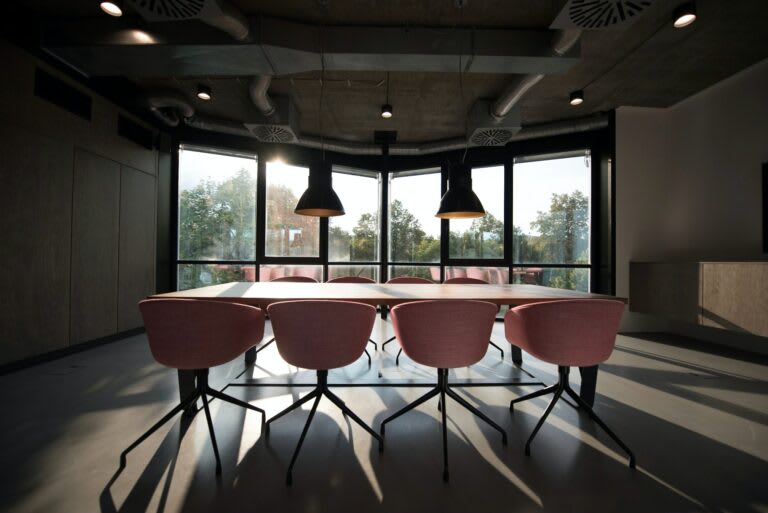- Home
- Blog
- Property Market News
Property Markets
Property markets in Australia and across the world are forever changing. Keeping on top of all the property market news can be an overwhelming task!
At Washington Brown, we analyse over 10,000 investment property purchases a year while preparing tax depreciation schedules. This allows us to keep our finger on the pulse.
Regularly, we release articles on where we think particular property markets are heading. Often, these articles are written with further advice and research from other industry experts, such as Terry Ryder from Hotspotting.
Some great articles to begin with are listed below. However, we encourage you to keep checking back in with our Blog, to get the most up-to-date property market news.
Policy Changes
Similarly, it is vital that successful property investors keep abreast of the latest policy or tax reforms. These changes can completely change the investment property equation.
Property Market News Articles:

With the recent announcement that Brisbane has won the right to host the 2032 Olympic and Paralympic Games, many property investors may wonder if they will find themselves on the winners’ podium if they buy in this city. Should you rush in and buy, with the idea of capitalising on future growth? The simple answer […]
Read more

Are world property prices around the globe rising or falling since COVID-19? A FALL in property prices around Australia – and indeed the world – was expected by many due to COVID-19, but the doomsday predictions haven’t come to fruition. There have been some falls, but in many cases, prices are actually rising, and in […]
Read more

Is the office as we know it dead? MUCH has been said about the future of workplaces since COVID-19 forced some major changes to office life as we know it, kicking flexible work practices into gear. At this stage, no one really knows how offices will look in the future as uncertainty still abounds, but […]
Read more

THE FEDERAL Government has made a very significant change to capital gains tax (CGT) affecting ex pats, but it’s likely there are many Australians living overseas who are still completely in the dark about it. Put simply, the change entails the CGT exemption for the Australian family home, which has been in existence for 35 […]
Read more



